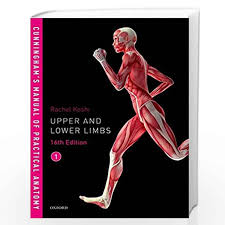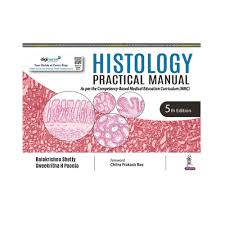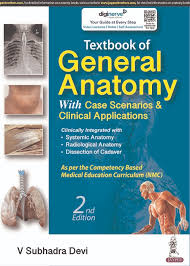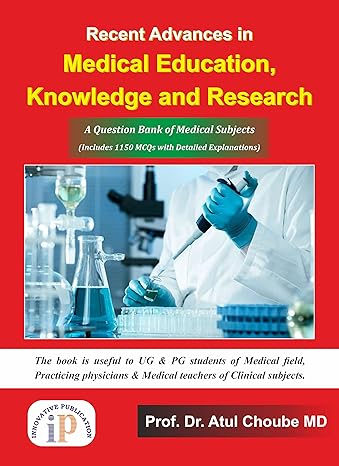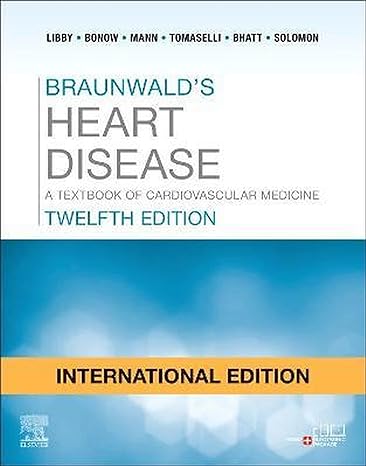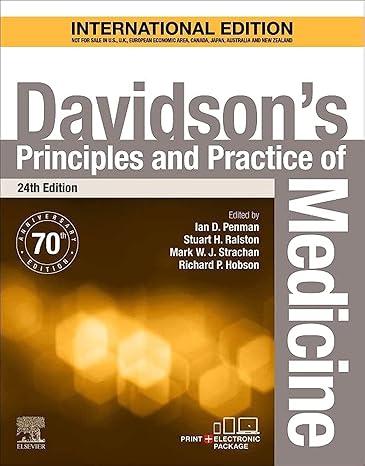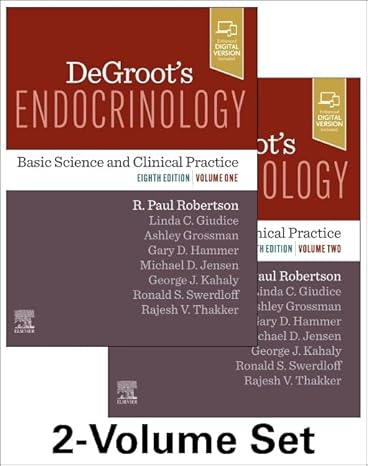Buy Medical Books Online | Medical Book Store in Delhi
Featured Products
Cunninghams Manual Of Practical Anatomy Volume 1
₹567.00
M.R.P.:₹ 675.00
You Save: ₹108.00 (16.00% OFF)
Essential Anatomy for Finals and MRCS: 300 SBAs
₹1,907.32
M.R.P.:₹ 2,326.00
You Save: ₹418.68 (18.00% OFF)
Recent Advances in Medical Education, Knowledge and Research, for Undergraduates and Postgraduates
₹810.00
M.R.P.:₹ 1,350.00
You Save: ₹540.00 (40.00% OFF)
Medicine: Prep Manual for Undergraduates -6E
₹980.00
M.R.P.:₹ 1,225.00
You Save: ₹245.00 (20.00% OFF)
Davidson's Principles and Practice of Medicine(IE)-24E
₹2,450.25
M.R.P.:₹ 3,025.00
You Save: ₹574.75 (19.00% OFF)
DeGroot's Endocrinology: Basic Science & Clinical Practice (2 Vol Set) -8E
₹21,250.00
M.R.P.:₹ 25,000.00
You Save: ₹3,750.00 (15.00% OFF)


